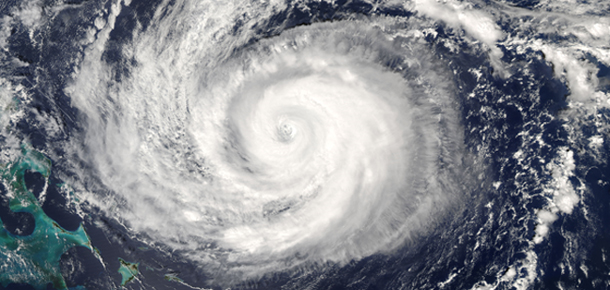Knauss legislative fellowships in Congress help build careers — and they're fun and educational. See our video and fact sheet for details.
Climate Change

Scientists from a wide variety of fields — including those who study the Earth’s atmosphere, oceans, and geology — overwhelmingly agree that our planet’s climate is changing. And the primary cause is people, who have put larger and larger amounts of greenhouse gases into the atmosphere.
But despite its name, global climate change isn’t just a global issue. Climate change will affect the health and well-being of Marylanders across the state and will substantially stress the Chesapeake Bay ecosystem.
Marylanders can do a lot to help slow climate change and adapt to its effects. We can drive less, use less electricity, and help to restore wetlands, forests, and other natural communities.
Maryland Sea Grant supports research and outreach that helps state residents better understand and plan for the risks associated with climate change. Recently, for example, researchers used innovative techniques to study how increased levels of carbon dioxide in the atmosphere may affect the growth of invasive marsh plants.
Predicting how global temperatures will continue to change in the future comes with a lot of uncertainties. But by using historical observations and climate “models” that simulate the Earth’s processes, scientists are confident about much of what we should expect.
Scientists advising the Maryland Commission on Climate Change released a report in 2008 to advise Marylanders on how climate change could affect them. That report was titled Global Warming and the Free State. Here are some of the team’s conclusions.
- Rising temperatures: If humans continue to emit greenhouse gases at their current rate, average air temperatures could soar by three degrees Fahrenheit by 2050 — and by as much as nine degrees Fahrenheit during summer heat waves by the end of the century.
- Hot days: The number of days with temperatures over 90 degrees Fahrenheit may double, or worse, by the end of the century.
- Changing rainfall: Scientists project that more rain will fall in the area — but less regularly. That means more severe rains during the storm season and longer periods of drought during the summer.
- Stormy weather: More severe storms, such as devastating hurricanes like 2003’s Isabel and 2012’s Sandy, could hit Maryland in the future as oceans warm.
- Sea level rise: Sea levels could climb up by three feet or more by the end of the century.
- Local extinction: As temperatures rise, some native species may be forced out of the state. Those include iconic birds like the symbol of Maryland baseball, the Baltimore oriole.
- Water quality: The Bay’s seasonal “dead zones” of low- to no-oxygen will likely grow worse as the estuary warms. More severe winter storms may wash even more nutrients into the Bay each year, which will also fuel greater blooms of algae and dead zones.
- Agriculture: Warming temperature will likely prolong the growing season, leading to a possible increase in crop production in the early part of the century. But that production may also drop off later in the century as crops become heat stressed.
- Heat shock: More people, especially vulnerable individuals like the elderly, may become sick from heat-related illnesses.
- Respiratory illnesses: Greenhouse gas emissions drive climate change, but they’re also a health risk for many Americans. More people will develop respiratory illnesses, such as asthma, as air pollution worsens.
This list was adapted from a summary published by the University of Maryland Center for Environmental Science (UMCES). Read the full text of Global Warming and the Free State.
Learn more about climate change in Maryland at UMCES’s climate change research page.
Photograph, National Aeronautics and Space Administration



